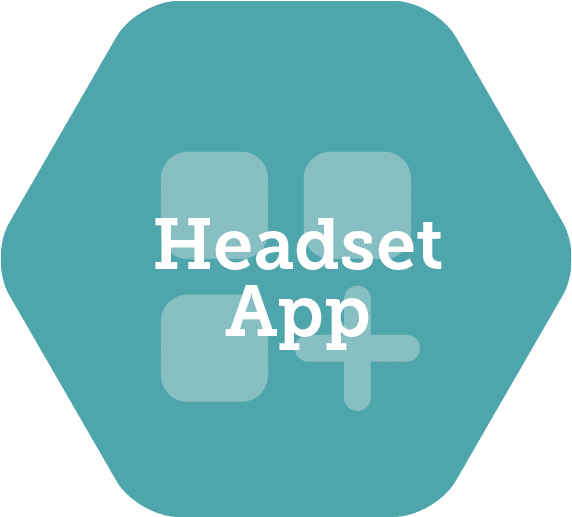Training standards are a moving target. Oftentimes, the data produced from a training session measure surface level achievements (such as completion) or are subjectively produced by facilitators and, often, the trainees themselves (smile sheet anyone?). Accessing deep and meaningful training data while delivering a consistent training experience for all is a monumental task.
Why is consistent Training Data Important?
Well-trained employees are more satisfied in their roles and work more efficiently and more safely. Meaningful data on the success of your training can help you determine who is job ready and who needs more upskilling. Data produced during VR training provides insights into exactly where employees are struggling and allows you to target and hone your training for maximum success.
How do we track training success today?
Training is commonly tracked in one of two ways:
- Through SCORM compliant web modules in an LMS. Courses can be marked as “complete” with a mark or score attached.
- Trainees are observed by mentors or trainers and assessed.
Both of these methods have potential drawbacks.
An employee who has read through a set of slides or watched a series of videos has completed a requirement. But that does not necessarily mean they have understood or comprehended the training or that they are ready for the job. Using a VR scenario and xAPI data tracking, training departments have much richer, more meaningful data at their disposal. Not only can they determine if an employee has completed their training, but they can access other pertinent data including decisions made, time to complete tasks, and the number of times the trainee veered off course.
Devices that track eye movements can also report on attention and focus of the trainee. The rich data produced by VR simulations gives trainers a much better idea of employee readiness and allows trainees to focus on what they need to practice in order to achieve proficiency.

In research completed at the Center for Advanced Vehicular Systems it was found that
“Completion time and accuracy can be easily recorded in a virtual environment at a level of detail and objectivity that is very difficult to achieve in the real-world. The virtual reality tool supports exploration and experimentation while providing endlessly patient feedback based on real-time analysis of the data.”
(Carruth, 2017)
Employees evaluated by mentors and trainers face a lack of objectivity. Though standards and requirements are supplied, assessments are conducted by a person with natural biases. These biases may be toward the trainee personally, the correct methods to use, and the relative importance of each task. In a computer assessed virtual simulation, bias is eliminated.

Consistent Training leads to consistent results
When a procedure needs to be taught with consistent steps and guidelines, employers need to be able to trust that their trainers are all delivering the same information in the same way. It is impossible to achieve 100% consistency for trainees.
“At times, OJT (on the job training) may be an unstructured approach for learning job tasks. Often each AMT (Aerospace Maintenance Trainer) has an individualized way of accomplishing a task and subsequently he/she teaches the task in a unique way. These individual teaching methods and job task steps may not be captured in maintenance manual procedures.”
(Haritos & Macchiarella, 2005)
VR allows trainees to have identical training experiences regardless of location or instructor. Evaluation is consistent and unbiased. Data from consistent training gives an accurate picture of employee success.
The introduction of virtual reality training into your organization will lead to streamlined training that is effective and consistent. You can gain insight from the rich training data that is generated throughout training interactions. The reusability of VR training environments means that you can change training in response to the data generated, continually optimizing your training for employee success.
Are you considering VR training but would like to see more proof of its benefits?
Download our white paper: The Case for Immersive Training.
Latest Posts
Stay in the Know
Want to stay up-to-date with what is going on in the world of immersive training? Subscribe to the Motive Blog.
Ready to revolutionize your training program?
We’re ready to show you how seamlessly you can create, edit and deploy VR training modules. Our team is standing by to help you revolutionize your training program.





